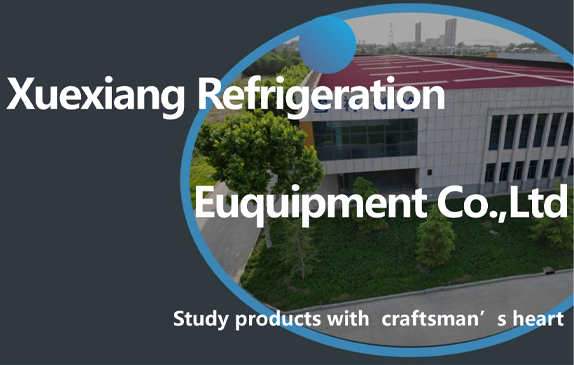Optimizing Greenhouse Climate with Effective Evaporative Cooling Pads for Enhanced Plant Growth
Dec . 15, 2024 11:29 Back to list
Optimizing Greenhouse Climate with Effective Evaporative Cooling Pads for Enhanced Plant Growth
The Role of Evaporative Cooling Pads in Greenhouses
In the realm of agricultural innovation, the effective management of temperature and humidity in greenhouses is crucial for promoting plant growth and maximizing yields. One technology that has gained significant traction in recent years is the use of evaporative cooling pads. These pads are an integral part of climate control systems, helping to create an optimal growing environment for a wide variety of crops. This article examines the principles behind evaporative cooling pads, their installation, benefits, and maintenance in greenhouse settings.
Understanding Evaporative Cooling
Evaporative cooling is a natural process in which water absorbs heat from the air as it evaporates. This phenomenon can significantly lower air temperature, creating a cooler environment in a greenhouse. Evaporative cooling pads are typically made from materials like cellulose or synthetic fibers that have a high surface area, allowing for efficient water absorption and evaporation. When air passes through these saturated pads, it cools down, thereby reducing the internal temperature of the greenhouse.
Installation of Evaporative Cooling Pads
Proper installation of cooling pads is essential for optimal performance. Generally, these pads are positioned on one or more walls of the greenhouse, often on the side where prevailing winds will direct air. During installation, ensuring that the pads are correctly angled and sealed is crucial to prevent any air leakage that may diminish their cooling efficiency. Water distribution systems, such as pumps and irrigation lines, must also be installed to keep the pads wet, ensuring continuous operation.
Benefits of Evaporative Cooling Pads
1. Temperature Regulation The primary advantage of evaporative cooling pads is their capability to effectively lower the temperature inside a greenhouse. This is particularly important in hot climates, where excessive heat can stress plants and hinder growth.
evaporative cooling pads greenhouse

2. Humidity Control In addition to cooling, these pads can help maintain optimal humidity levels. By regulating the moisture in the air, they create an ideal environment for plant transpiration and overall health.
3. Energy Efficiency Evaporative cooling is often more energy-efficient compared to traditional air conditioning systems. It uses significantly less electricity and, in many cases, relies on simple water distribution systems, making it a cost-effective choice for long-term greenhouse management.
4. Sustainability As water evaporates from the pads, it not only cools the air but also contributes to more sustainable practices by using a natural process. This aligns well with the growing demand for eco-friendly farming methods.
5. Scalability Evaporative cooling systems can be scaled according to the size of the greenhouse, making them suitable for small hobby farms or large commercial operations.
Maintenance of Evaporative Cooling Pads
To ensure longevity and effectiveness, regular maintenance of evaporative cooling pads is necessary. This includes cleaning the pads to prevent the buildup of algae or other contaminants that could impede water flow and reduce cooling efficiency. The water supply system should also be monitored for proper functioning and cleanliness. If treated water is used, producers should ensure that it is free of minerals or salts that could accumulate in the pads over time.
Conclusion
Evaporative cooling pads represent a practical and efficient solution for temperature and humidity control in greenhouses. By utilizing a natural cooling process, these systems promote optimal growing conditions for plants, increase energy efficiency, and support sustainable agricultural practices. As the demand for efficient and eco-friendly farming methods continues to rise, the adoption of evaporative cooling technology is likely to grow, making it an essential component of modern greenhouse management. Whether for professional farmers or hobbyists, understanding and implementing these systems can lead to healthier plants and improved crop yields, making it a worthy investment for the future of agriculture.
-
Automatic Feeding Line System-Pan Feeder Nipple Drinker|Anping County Yize Metal Products Co., Ltd.
NewsJul.29,2025
-
Hot Sale 24 & 18 Door Rabbit Cages - Premium Breeding Solutions
NewsJul.25,2025
-
Automatic Feeding Line System Pan Feeder Nipple Drinker - Anping County Yize Metal Products Co., Ltd.
NewsJul.21,2025
-
Automatic Feeding Line System Pan Feeder Nipple Drinker - Anping County Yize Metal Products Co., Ltd.
NewsJul.21,2025
-
Automatic Feeding Line System - Anping Yize | Precision & Nipple
NewsJul.21,2025
-
Automatic Feeding Line System - Anping Yize | Precision & Nipple
NewsJul.21,2025






